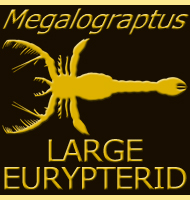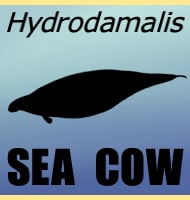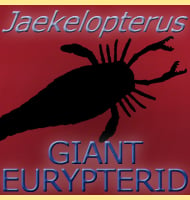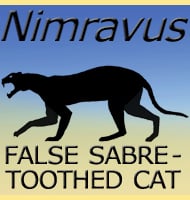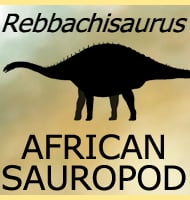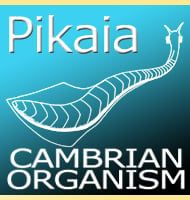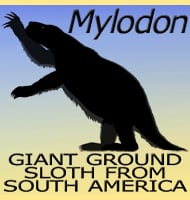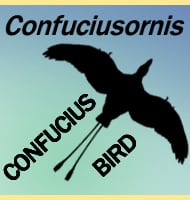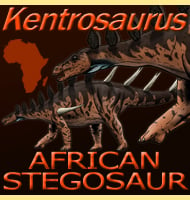In Depth
Like with many dinosaurs named from English fossils in the nineteenth century, Lexovisaurus has a complex taxonomic history, but it can be broken down like this. Current fossils of Lexovisaurus were originally described in 1887as Omosaurus a genus that had different species. However it was later realised that the name Omosaurus was preoccupied, so the fossils of the dinosaur were named as Dacentrurus in 1915. Then in 1957 a French palaeontologist by the name of Robert Hoffstetter renamed fossils of one species, D. durobrivensis, as a new genus, Lexovisaurus.
At the time of writing Lexovisaurus is only known from scattered post cranial skeletal fossils which include vertebrae and a large spike that is currently of uncertain placement. Because of this lack of fossils in the holotype, the exact shape and arrangement of the spikes and plates on the back and tail of Lexovisaurus is unknown, with reconstructions based upon the arrangements of those that appear in other stegosaurid genera. However additional specimens from England and France however may indicate that Lexovisaurus had low plates on the forwards half of the body, and rounded spines on the rear half, but there is still some contention amongst palaeontologists as to if these represent additional specimens of Lexovisaurus.
Further Reading
- Note on some dinosaurian remains in the collection of A. Leeds, Esq, of Eyebury, Northamptonshire. - Quarterly Journal of the Geological Society 43: 695-702. - J. W. Hulke - 1887. - Un Dinosaurien St�gosaurid� dans le Callovien du Calvados. - Comptes Rendus de l’Acad�mie des Sciences, 243: 1651-1653. -R. Hoffstetter & R. Brun - 1956. - Quelques observations sur les St�gosaurin�s. - Bulletin du Mus�um National d’Histoire Naturelle, Paris, 2nde s�rie 29: 537-547. - Richard Hoffstetter - 1957. - Skeleton of the stegosaurian dinosaur Lexovisaurus from the lower part of the Middle Callovian (Middle Jurassic) of Argences (Calvados), Normandy. - Bulletin de la Soci�t� g�ologique de Normandie 67: 39–53. - P.M. Galton, R. Brun & M. Rioult - 1980. - Stegosaurian dinosaurs from the Bathonian (Middle Jurassic) of England, the earliest record of the family Stegosauridae. - Geobios, 16: 219–229. - P. M. Galton & H. P. Powell - 1983. - Dinosaurs of Great Britain and the role of the Geological Society of London in their discovery: Ornithischia. - Journal of the Geological Society of London 165: 613-623. - D. Naish & D. M. Martill - 2008. - Systematics and phylogeny of Stegosauria (Dinosauria: Ornithischia). - Journal of Systematic Palaeontology 6 (4). - Susannah C.R. Maidment, David B. Norman, Paul M. Barret & Paul Upchurch- 2008.

